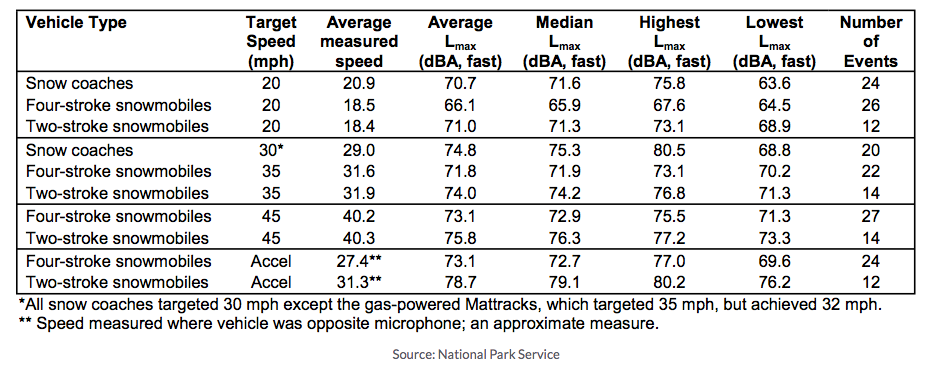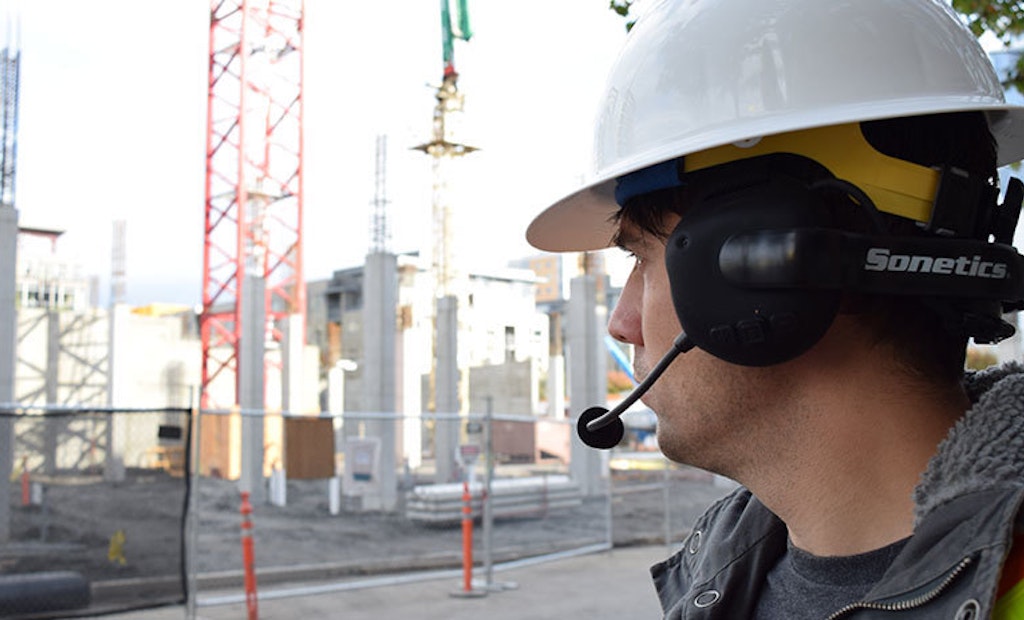Can you list all the workplace safety hazards you and your team come in contact with on a daily basis? Chances are you immediately think of quite a few. What you may not have considered is the safety and health risks related to your hearing.
If you did, you are a step ahead of most when it comes to safety. The fact is hearing safety is one of the most overlooked threats in the workplace. OSHA has found that over the last 25 years, noise-related hearing loss is one of the most significant health and safety issues. Since 2004 alone, 125,000 workers have reported permanent hearing loss.
To understand the severity, you must first understand how the experts measure noise.
On a typical noise chart you’ll see the abbreviation dB for decibels. Now while these numbers are important to know, we must understand what the numbers mean.
According to a study by the U.K. Health and Safety Executive, the noise limits that should not be exceeded are 87 dB for daily exposure (ongoing noisy work environment) and 140 dB for peak exposure (a one-off peak in noise).
The challenge in this is that many of your daily jobs consistently fall in the range of threatening damage.
Construction hearing protection and noise levels
The construction field is exposed consistently to a variety of hearing loss threats. The diverse amount of machinery provides an inconsistent and often multiplicative level of noise exposure. Recently the U.S. Department of Transportation released a study that outlines the noise levels of the most common machinery found on construction job sites.
What often goes unnoticed in construction areas is the fact that noise threats are cumulative. Where an agricultural professional may only have a tractor running, construction crews often run multiple machines at once, magnifying the noise output.
Take a new home build. On a typical day, a concrete mixer is pouring the driveway, contributing 85 dB. While the concrete mixer is on, so is an air compressor that contributes another 80 dB. And while concrete is being poured and the air compressor is on, another team member is using a concrete saw that contributes 90 dB. The entire work area is competing with a jet engine in terms of hearing damage.
And it’s not just “typical” tools that produce dangerous sound levels. Take a look at some of the other potential culprits:
- Average equipment with 5 hp or less – 50 dB
- Chain saw – 85 dB
- Auger drill rig – 85 dB
- Dozer – 80 dB
- Dump truck – 84 dB
- Generator – 82 dB
- Jackhammer – 85 dB
Construction workers and others who operate heavy machinery face an extremely high risk for hearing loss. Crews can protect their hearing with two way communication and noise reduction headsets, like the ones offered by Sonetics.
As noted by the Centers for Disease Control and Prevention, an estimated $242 million is spent annually on workers compensation for hearing loss. However, it’s not only on the work site where hearing damage occurs. A growing trend in hearing damage comes from exposure during recreational activities.
Dr. Michael Stewart, professor of Audiology at Central Michigan University, reports that smaller rifles such as a .22 caliber can produce noise output around 140 dB. Additionally, larger rifles can reach the 175 dB mark. These measurements drastically increase when individuals are in a closed area, such as a firing range. Stewart explains that a person may sustain permanent hearing loss with only one shot of either sized rifle under the right conditions.
Hearing damage isn’t limited to just rifles and shooting sports. What about a recreational sport like snowmobiling? Snowmobile noise levels have improved over the years, but their output still poses a serious threat of hearing loss.
The following table was created by the National Park Service. Their study was designed to understand the ongoing impact of noise exposure from snowmobiles. They tested various vehicle types and were able to gather a range of statistical data. Interestingly, this study focused on inactive participants; people who, as passive observers, were often not protecting their hearing. The noise measurements were taken from approximately 50 feet away from passing vehicles.

As you can see above, noise levels reached above 80 dB in several instances. The test was conducted running only one vehicle at a time. A strong inference can be made that with multiple snowmobiles dangerous noise levels would only increase, thus jeopardizing any individual’s hearing. Clearly, both participants and spectators need to invest in hearing protection for use while snowmobiling.
Hearing loss is a serious issue in health and safety. Too often, we take for granted our hearing and undertake actions without the consideration of consequence. Whether it is during recreational events or in the workplace, being proactive on hearing safety will leave you and your team better off in the long run. Sonetics products create a twofold win for workplace safety:
- Sonetics headsets reduce noise threats like those outlined above.
- Sonetics wireless headsets provide two-way communication, creating a safer, less hazardous workplace.






